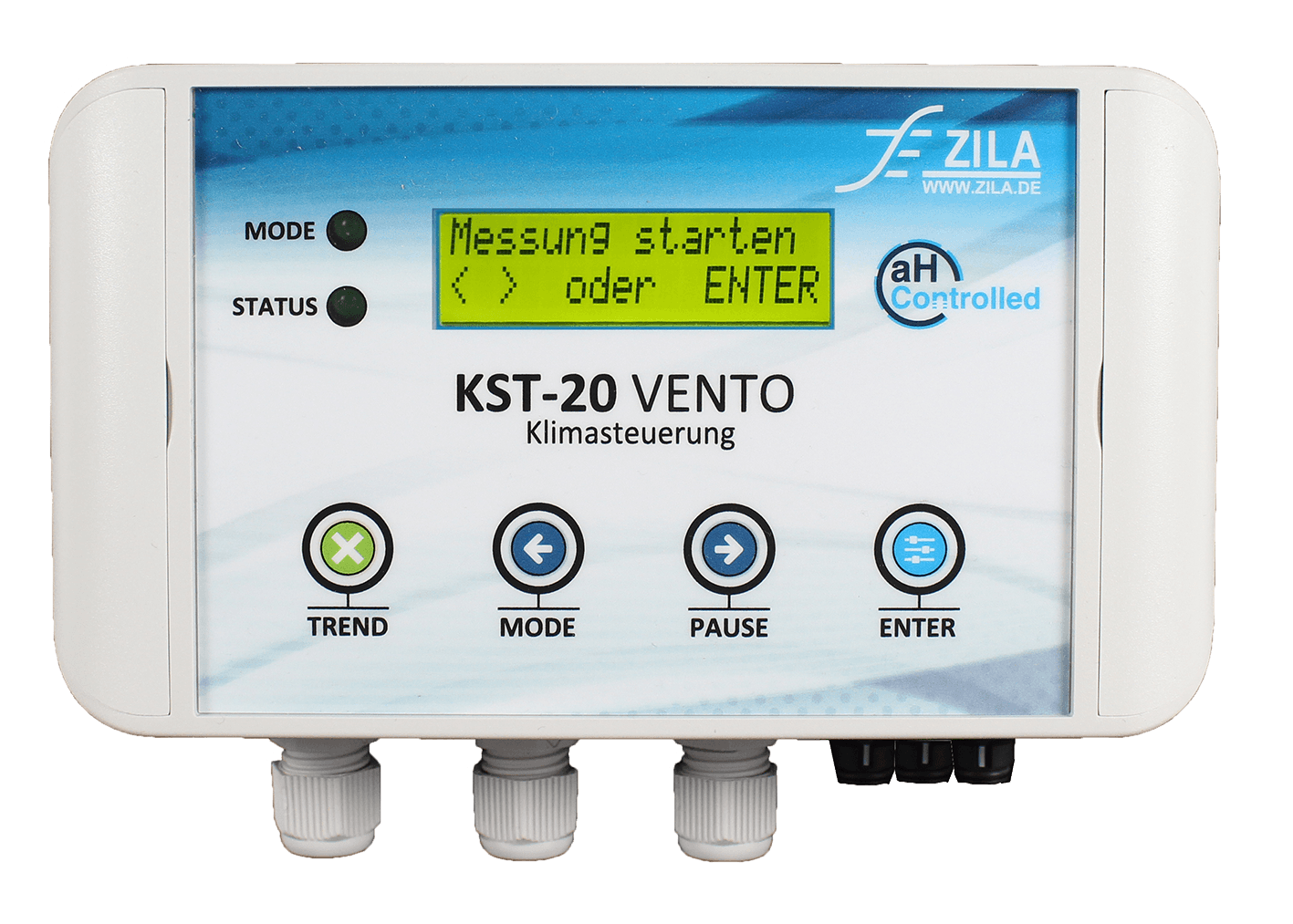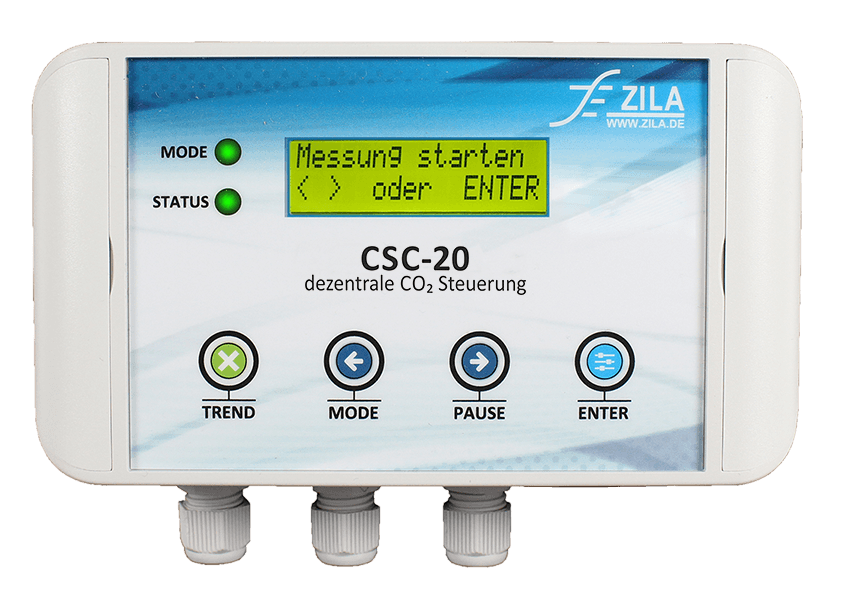
- Written by ZILA GmbH
Measuring and evaluating the indoor air quality
In addition to food and liquids, the human body consumes around 15 kilograms of air every day. We actually inhale 80% of this air in enclosed or poorly ventilated spaces, such as open-plan offices, meeting and conference rooms or classrooms. It has been known for many years now that "good room air quality" can be achieved by regular ventilation, which in turn, has positive effects on people's health and performance. Especially when the rooms concerned are used by large groups of people over a longer period of time, regular ventilation is essential.
The reason why you may notice a poor or unpleasant indoor air quality is the CO2 (carbon dioxide) concentration. Carbon dioxide is an invisible gas that is odourless, colourless and heavier than air, which can lead to dangerous situations for humans. Uncontrolled increases of the CO2 level in the ambient air not only reduce the oxygen uptake, but can also lead to headaches, tiredness and reduced performance or even unconsciousness for us humans. Causes of such an elevated CO2 concentration often include industrial or vehicle emissions or large crowds of people staying in the same room over long periods of time. In other words, the consequences for us mentioned above are to be avoided. Therefore, studies have shown that people are more satisfied, productive and motivated when the ambient air in the rooms they use is better.
How to determine the CO2 concentration in the room air
As early as 150 years ago, the hygienist Max von Pettenkofer found that staying in enclosed spaces over time leads to a significant deterioration of the indoor air quality. CO2 is produced during respiration or by incinerating organic materials. In order to limit the amount of CO2 in indoor air, there are determined reference values measured in parts per million (ppm). The CO2 limit value for rooms going back to Pettenkofer is 1,500 ppm, which is equivalent to 0.1 vol%. The higher the concentration, the worse the quality of the indoor air. From as low as 2,000 ppm, the indoor air quality can be described as inacceptable from a hygienic point of view. The below diagram illustrates the increasing CO2 concentration in a room excellently.

Here is a simple real-life example:
Imagine a 50 m² open-plan office (2.5 m room height, blue curve) used by 15 people over a period of 4 hours. The people in this room are inactive and do not carry out any exercises.
|
Requirements: |
Results: |
|
|
Correct ventilation by controlling the indoor air quality
ZILA is a specialist in controlling and handling liquid and gaseous media. Carbon dioxide (CO2) as a medium can occur in gaseous, liquid and solid state as dry ice. In order to maintain good living and working conditions, controlled room ventilation is essential. For this reason, CO2 detection with special CO2 sensors is not only an effective way to reduce the indoor CO2 level, but also a good and reliable method to achieve a feel-good climate. Our gas warning devices reliably measure the CO2 content in enclosed spaces and thus enable controlled, needs-based and user-independent room ventilation. In this way, ZILA offers energy-efficient and compact CO2 devices with intelligent functions for various applications.
Our product range
The impact of CO2 on humans reveals that precise CO2 detection indoors is absolutely necessary. This can help you maximise both people's safety and performance. In the field of CO2 monitoring, ZILA offers robust and intelligent carbon dioxide gas detectors and controls that increase safety when dealing with CO2 and thus also enhance the quality of life and work.
Devices for CO2 detection in enclosed spaces

Carbon dioxide air quality guard with switching function and warning signal transmitter

Climate control KST-20 Vento/CO2
Climate control for automatic air quality measurement and room dehumidification
More information and links
Site map: Gas detection
Site map: Ventilation and climate controls

